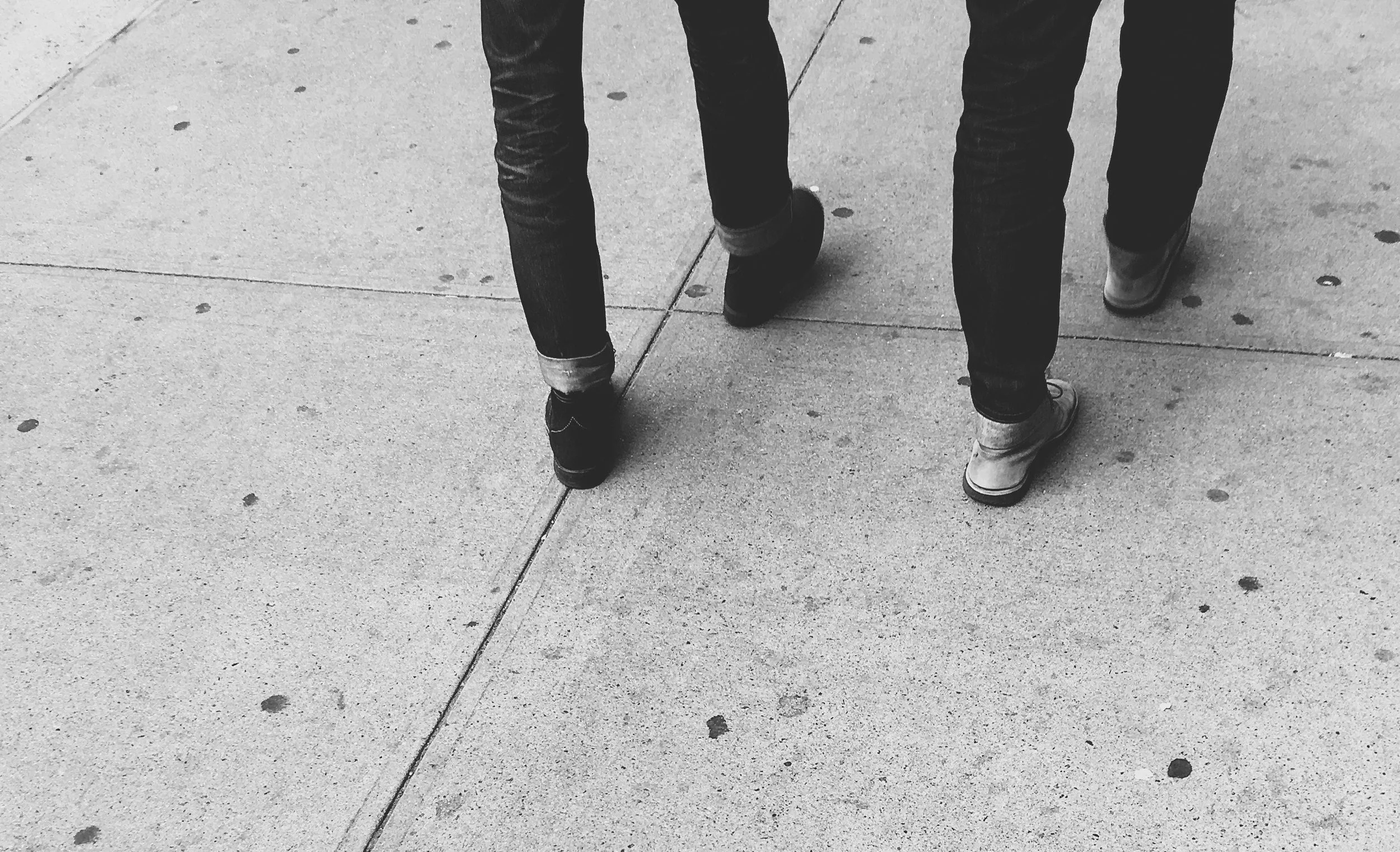Photo by Steve Johnson on Unsplash
The yoga and mindfulness elective I teach is held in a common space, so by the time I get there for third period, the floors are covered in salt that hitched a ride in from the streets, the tables are out and cluttered with food remnants, and my students are scattered across the huge open expanse. When I walked in this morning, I felt my heart quicken a little and I silently cursed this less-than-ideal situation. I was about to start the spiral of self-pity— why can’t I just teach in one space? why can’t they clean up after themselves? why…— when I remembered.
“It’s like this right now.”
I have come back to this phrase, gifted to me by Megan Cowan of Mindful Schools, so many times.
There’s nothing I can do about the circumstances that surround this class. It is what it is. The only way to free myself from feeling tortured by it is to just acknowledge it in all its full annoyingness, acknowledge my annoyance, and then move on.
My favorite part of the phrase is the , “right now.”
It serves as a reminder that it will not always be this way, it is this way for the moment, and we are free to receive the next moment anew.
“It’s like this right now.”




















